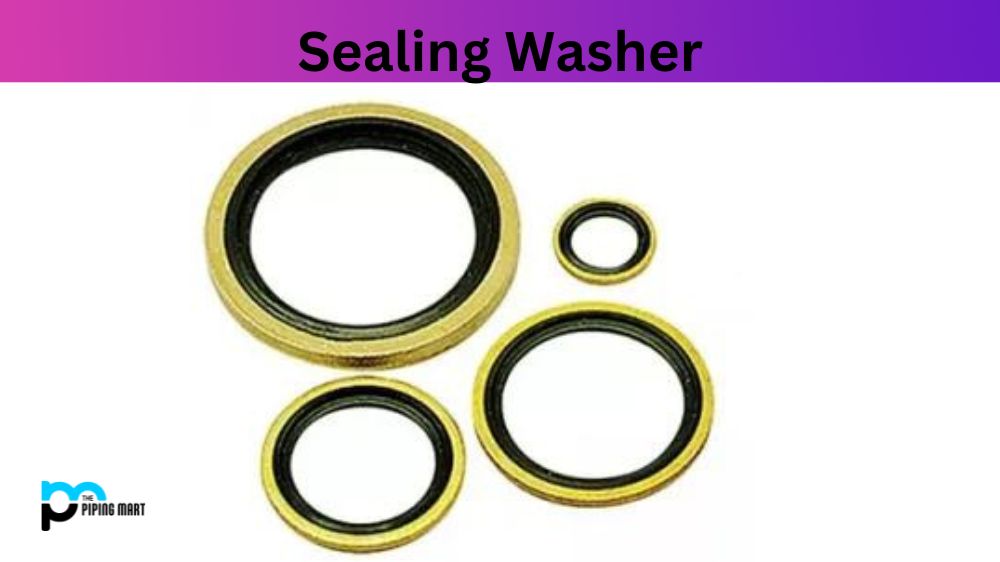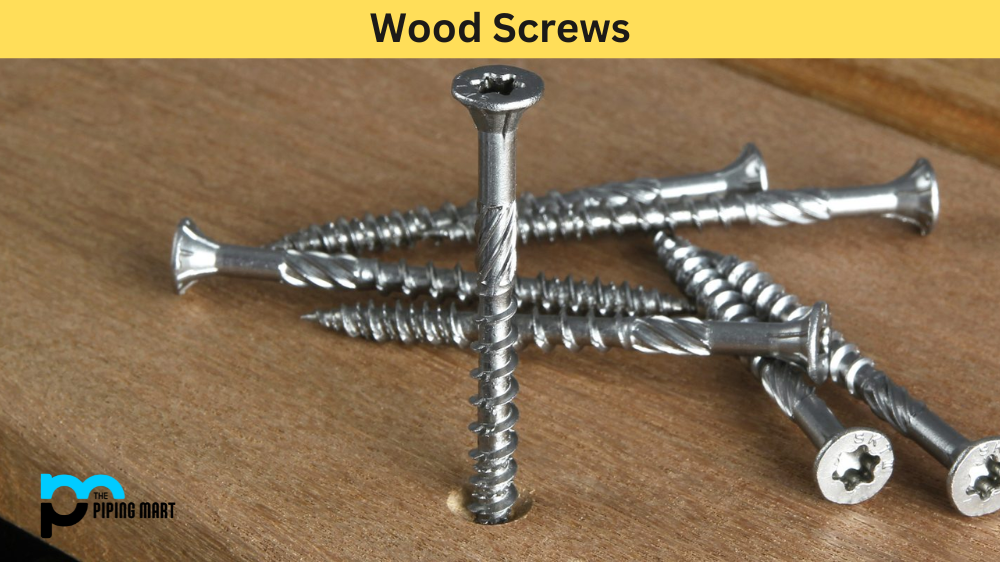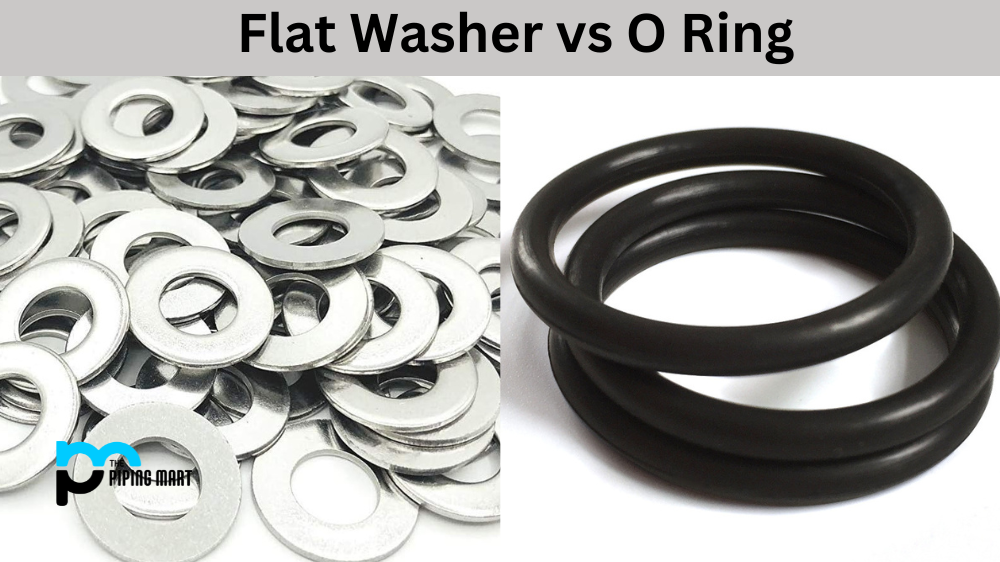Sealing washers are an essential component in a variety of industries and applications. These small but powerful rings help to create a strong seal between two components, preventing leaks and maintaining the integrity of the connection. Whether you’re a professional builder, DIY enthusiast, or simply curious about how things work, this guide will explore everything you need to know about sealing washers, including their dimensions, properties, and uses.
What is Sealing Washer?
A sealing washer, a gasket or o-ring, is a flat or slightly curved ring-shaped piece that is a seal between two flat surfaces or components. The washer is placed under the head of a screw, bolt, or nut to create a tight seal. Based on the application requirements, they are made of various materials such as rubber, metal, or plastic.
Sealing Washer Dimensions
| D | d1 | d2 | h |
|---|---|---|---|
| 1/4″ | 0.2650 | 0.3750 | 20g |
| 1/4″ | 0.2650 | 0.4370 | 20g |
| 1/4″ | 0.2650 | 0.5000 | 20g |
| 5/16″ | 0.3230 | 0.4370 | 20g |
| 5/16″ | 0.3230 | 0.5000 | 20g |
| 1/8″ | (3/8) .390 | 0.5900 | 20g |
| 1/8″ | (3/8) .390 | 0.5900 | 18g |
| 1/4″ | .530 | 0.7200 | 20g |
| 1/4″ | .530 | 0.7500 | 18g |
| 3/8″ | (21/32) .665 | 0.8750 | 18g |
| 1/2″ | (13/16) .830 | 1.0000 | 18g |
| 1/2″ | (13/16) .830 | 1.0400 | 18g |
| 5/8″ | (29/32) .910 | 1.1300 | 16g |
| 3/4″ | 1.0500 | 1.3200 | 16g |
| 7/8″ | 1.2000 | 1.5000 | 16g |
| 1″ | (1.5/16) 1.32 X | 1.6200 | 16g |
Sealing Washers Properties
Sealing washers are made of different materials and properties. Rubber washers are flexible, providing a good grip under compression and will not damage the surface they are compressed against. Copper washers are mostly used in high-pressure applications as they resist corrosion. Nylon washers are ideal for insulation and vibration damping, while stainless steel washers are perfect for high-temperature environments. Other materials, such as neoprene, plastic, and fibre washers, have unique properties that make them suitable for specific applications.
Sealing Washers Uses
The primary use of a sealing washer is to create a strong seal and prevent leakages. They also act as vibration dampeners between the head and the surface of the bolt or screw. Sealing washers are used in several industries, such as plumbing, automotive, and construction. Plumbing often uses rubber washers to prevent leakages in fittings and faucets. The automotive industry uses copper washers in high-pressure applications like brakes and fuel lines. Construction uses sealing washers to create a water-tight seal between building materials and windows.
How to Choose the Right Sealing Washer for Your Application
When selecting the right sealing washer for your application, it is essential to determine which material will work best with the system and the expected usage conditions. Understanding the dimensions of the connection and the amount of pressure the seal will have to sustain is key to selecting the right washer. Choosing the wrong sealing washer could result in leaks, bolt failure or damage to the surface. Consulting with experts in your field or experts in gasketing can guide you in making the right choice.
Conclusion:
Sealing washers play a significant role in industries and applications requiring a tight seal and preventing leaks. They are small but significant components that contribute to the efficiency and durability of a system. Having a good understanding of the dimensions, properties, and use cases of sealing washers can go a long way in optimizing the operation of your system. By choosing the right washer for your application, you can expect to achieve a strong connection that delivers reliable operation and reduces the risk of costly downtime.

A passionate metal industry expert and blogger. With over 5 years of experience in the field, Palak brings a wealth of knowledge and insight to her writing. Whether discussing the latest trends in the metal industry or sharing tips, she is dedicated to helping others succeed in the metal industry.




